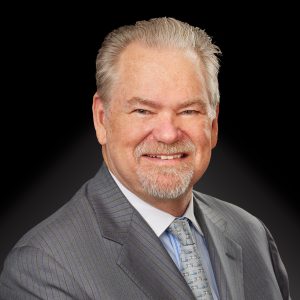Dear friends,
Planting trees is a venture into the future, it is a hand held out to other generations.
Mirabel Osler
Embracing Chaos: Reflections on Growth Amidst Uncertainty
As I sit down to write this month’s letter, I’ve been wandering around my garden thinking what an unsalvageable mess it is: an unlovely and unidentifiable tangle of dead stems, fall leaves, stubble, trash mysteriously blown in, and the occasional corpse. (Typically avian.) It’s hard not to despair of it. And, hard not to imagine parallels to Continue reading →



